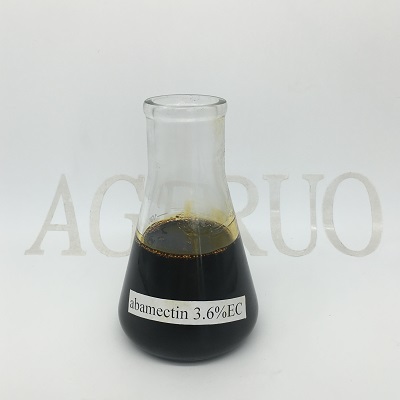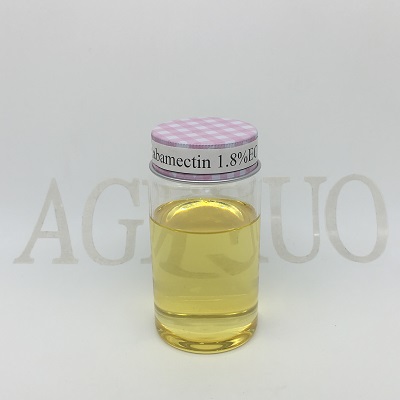Abamectin is a relatively broad-spectrum pesticide. It has always been favored by growers for its excellent cost performance. Abamectin is not only an insecticide, but also an acaricide and a nematicide.
Touch, stomach poison, strong penetration. It is a macrolide disaccharide compound. It is a natural product separated from soil microorganisms. It has contact killing and stomach poisoning effects on insects and mites, and has a weak fumigation effect. It has no systemic effect.
Related reading: Abamectin vs Ivermectin: Insect and Parasite Control
Website: https://www.pomais.com/product/abamectin-insecticide/
Excellent effect on lepidopteran pests
Abamectin is effective against the lepidopteran pest Plutella xylostella, Plutella xylostella, and rice leaf roller. At present, avermectin is mainly used to control leaf rollers on rice. Because of its long use time, avermectin is generally compounded with tetracloran, chlorantraniliprole, etc. to control leaf rollers.
Good effect against mites
Abamectin is effective against mites such as citrus red spiders and other fruit tree red spiders. It is often compounded with spirodiclofen and etoxazole to control mites. Abamectin has strong penetrating ability and has a good effect on preventing and treating mites.
It can also be used to kill root knot nematodes
Abamectin can also be used to control soil root knot nematodes, generally in the form of granules. At present, the market for root knot nematodes is relatively large, and the market prospect of abamectin is still good.

As a relatively conventional agent, avermectin is currently resistant. Therefore, we generally do not recommend using avermectin alone to control pests. It is generally used in combination with other agents. It is recommended that you use avermectin At the time, pay attention to the rotation of medication to delay the development of resistance.
Post time: Jan-28-2021





